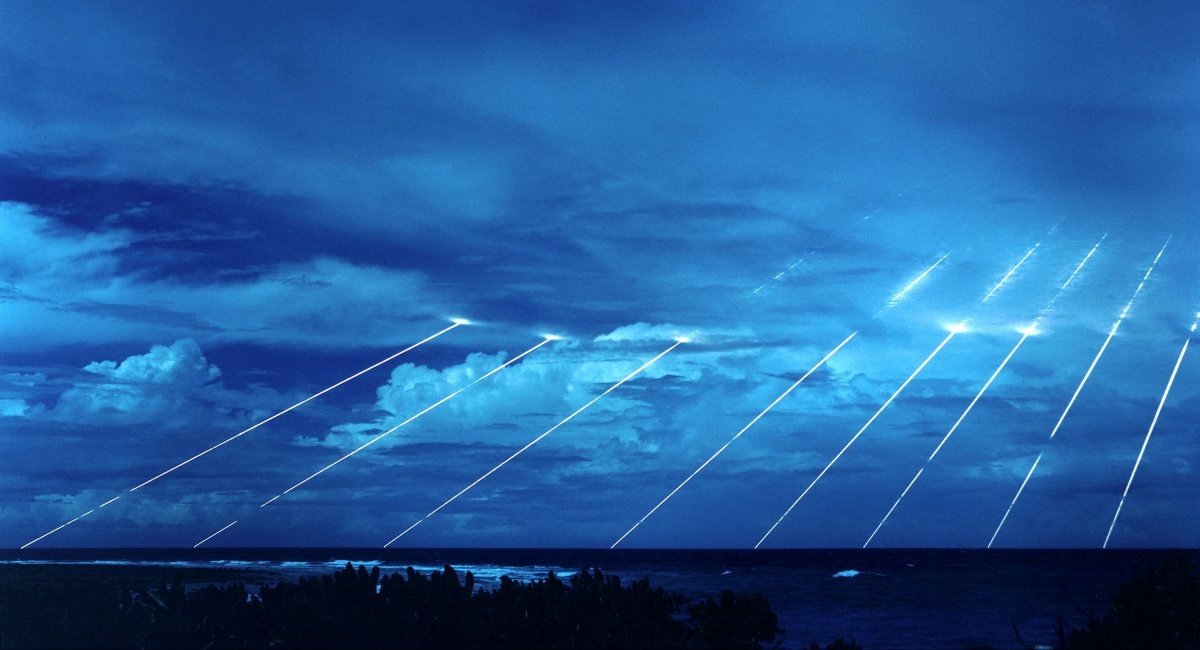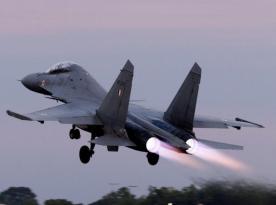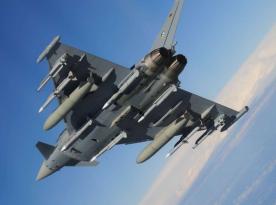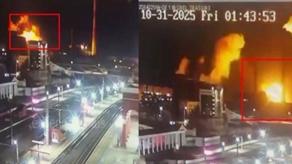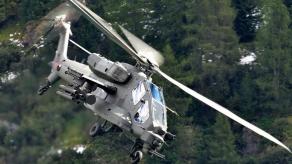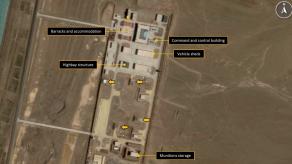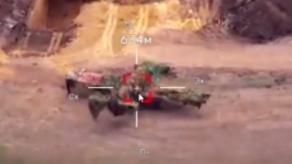While the Kremlin is trying to assure the public that its Oreshnik missile is another super-weapon that retains astronomical destructive power even in the so-called kinetic version — because in russian fantasies, a hollow charge heated to 4,000°C has an "impact similar in power to the fall of a meteorite" and "turns everything into dust." — Ukrainian experts simply calculated the real power of such a weapon.
After all, russian president Vladimir Putin's statements regarding its new nuclear weapon can be laid down in the form of a sample physics problem with a solution. That's exactly how this topic was approached by the authors of the Refleksii weekly journal, issued by the Defense Information Consortium association of Ukrainian think tanks.
Read more: Putin Proposes Oreshnik Missile Deployment in Belarus by Late 2025
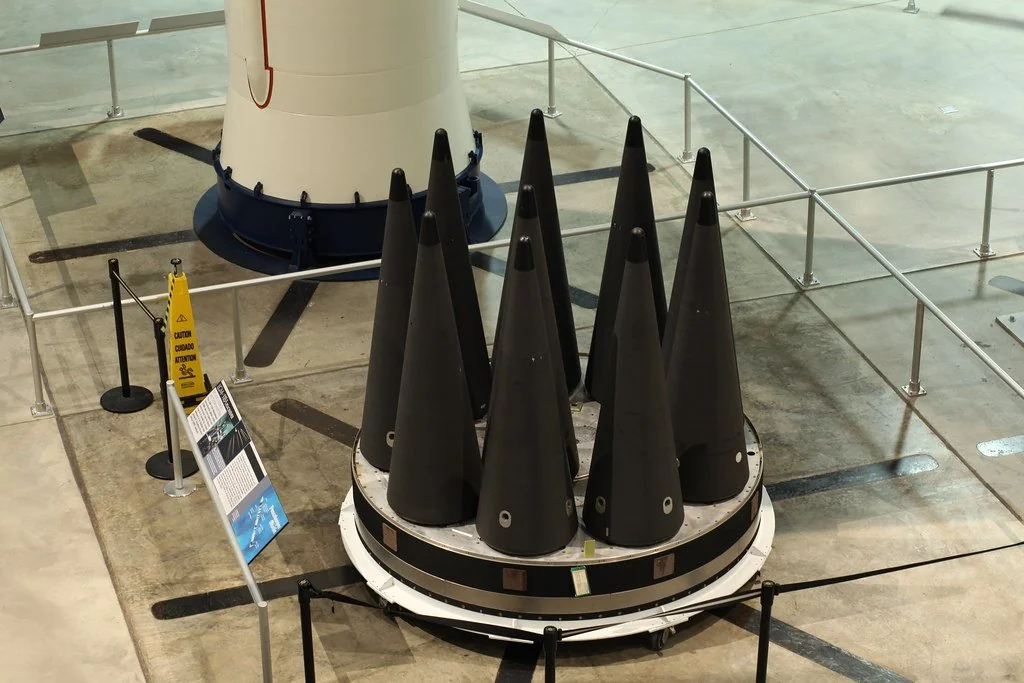
In this case, the input data based on Putin's announcements, would be: a medium-range ballistic missile is equipped with warheads weighing 1,500 kg in total, which fall from near-Earth space and have a speed of Mach 10 (3.4 km/s).
This aligns with the estimated speed of warheads from medium-range ballistic missiles when entering the atmosphere: in the range of 3 to 4 kilometers per second. However, when these blocks pass through dense layers of the atmosphere their speed drops to 1.5–1.8 km/s, that is, somewhere around Mach 5, even if they are designed with a special aerodynamic profile.
One kilogram of mass at a speed of Mach 5 upon collision transfers 1.4 megajoules (MJ) of energy to the target. For comparison: the explosion energy of 1 kg of TNT is 4.2 MJ.
Oreshnik in particular has six blocks each containing six objects. For simplicity, let's say each of them is a kinetic warhead, and all of them together weigh 1,500 kg. That is, the individual weight of each of these 36 elements will be around 41.6 kg, provided all this weight is retained at the moment of collision (to simplify, we ignore factors like ablative protection).
A video circulating online reportedly captures Russia's attack on Dnipro today, marking the first-ever recorded use of an intercontinental ballistic missile in combat.pic.twitter.com/OB8Y2FJMbO— UNITED24 Media (@United24media) November 21, 2024
Back to the formula, the impact of each kinetic warhead would be 58 MJ, this collision energy is equivalent to a 13 kg of TNT explosion. To put it into perspective, the TB BCh-50 thermobaric-fragmentation warhead inside a Shahed-136 weighs 30 kg. If the warheads of the russian Oreshnik don't have a special aerodynamically streamlined profile, their speed upon contact with the ground will be closer to Mach 3. Then, each individual warhead will have a collision energy equivalent to 5 kg of explosives.
Important note, this is the comparison of just the collision energy. A kinetic strike does not produce a high-explosive or fragmentation effect. Nowadays, the most practical use of kinetic weapons on the battlefield is armour-piercing fin-stabilized discarding sabot ammunition for tanks (APFSDS). Their entire effectiveness relies on hit accuracy, because the radius of destruction is equal to the size of the dart penetrator itself, meaning the said accuracy is of paramount importance.
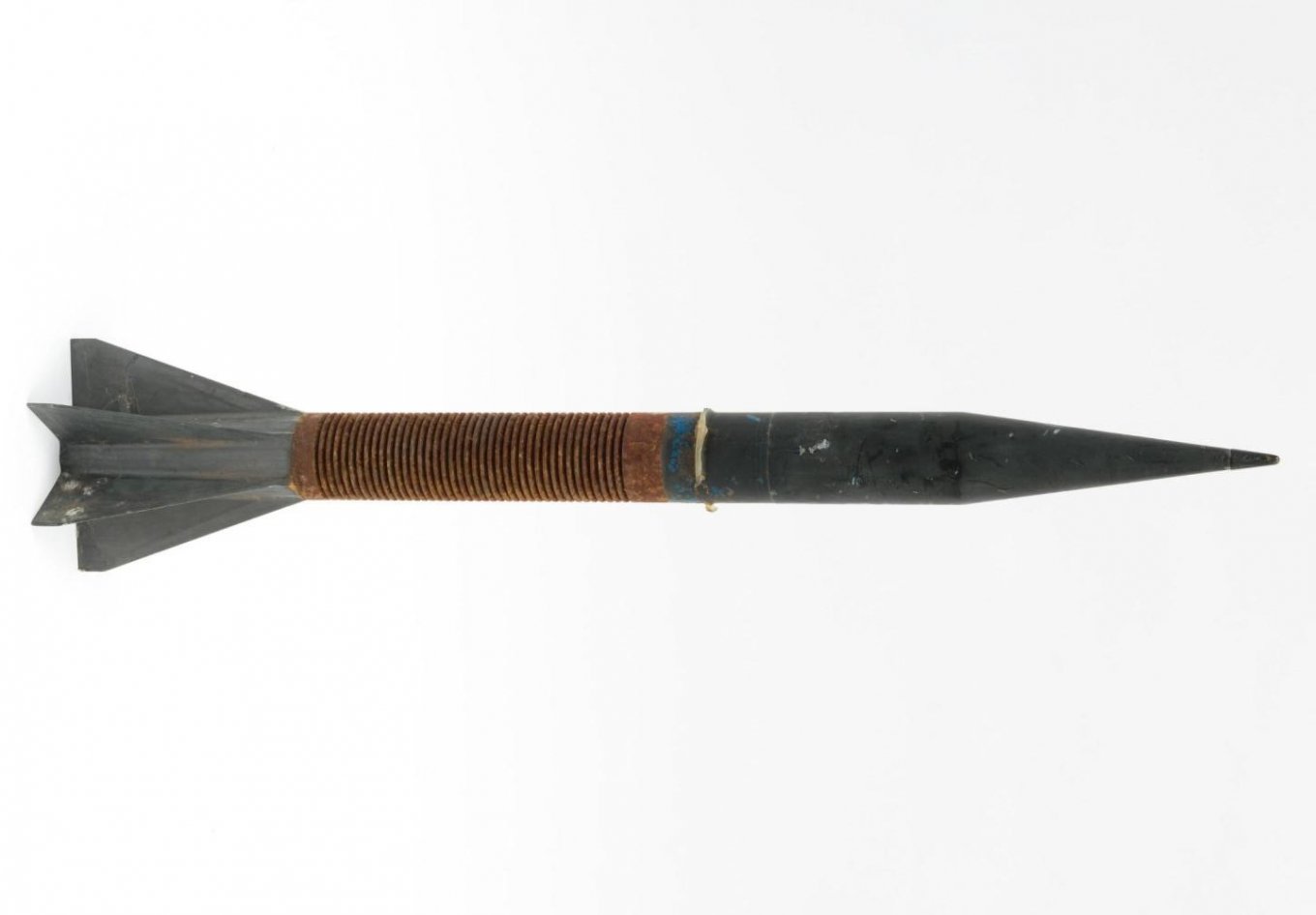
Now, if we imagine that Oreshnik actually has not 36 elements but as many as 300 such unguided APFSDS darts, their dispersion within a circle with a tentative 500-meter diameter (an area of ~20 hectares) means that about 15 darts with a radius of destruction equal to their diameter would fall per hectare of affected area.
Here's another question: what if russia makes a monoblock kinetic warhead, which alone will weigh as much as 1,500 kg. In that scenario, the potential collision energy will be equivalent to 500 kg of TNT at Mach 5 speed or 180 kg at Mach 3.

However, to launch such a massive cannonball into space, russians will need to use a proper medium-range ballistic missile with an estimated launch weight of 30–40 tons, which they can produce only up to 25 units annually.
The efficiency of doing that while they have, for example, the Iskander short-range ballistic missiles with 500-kg high-explosive warheads in mass production is debatable.
In conclusion, the real practical side of using kinetic warheads launched by a medium-range ballistic missile does not stand up to criticism. The only goal of doing so is to try and sow panic among Ukrainians and feed the russian domestic audience another fairy tale about another "one-of-a-kind" indigenous weapon development.
Read more: Where Are American and NATO's Weapons to Answer russian RS-26 Rubezh ICBM



